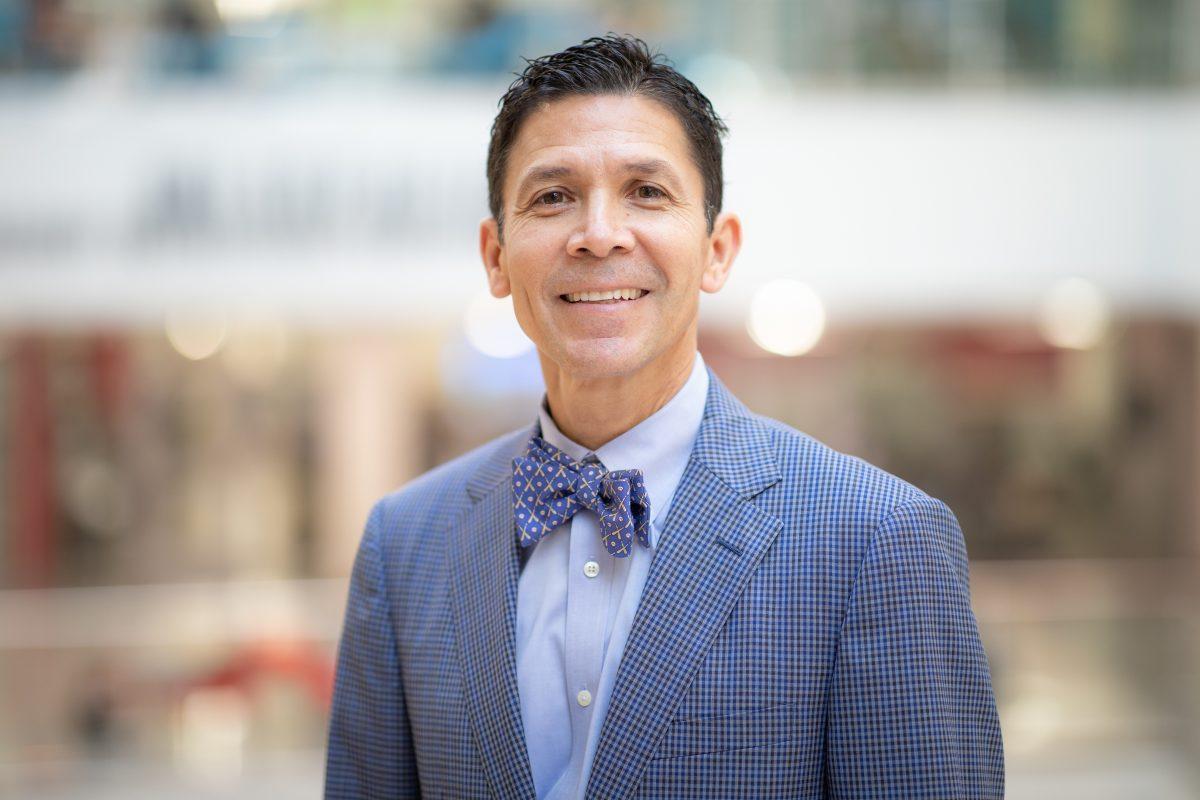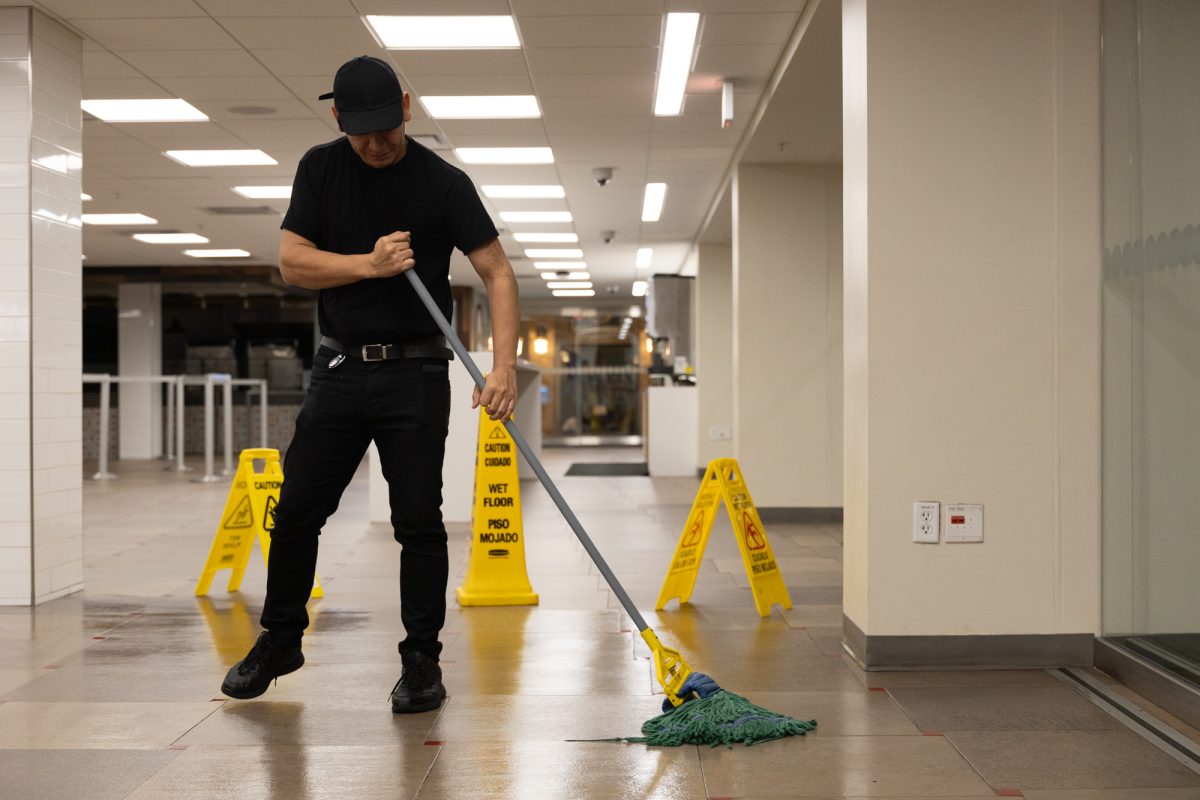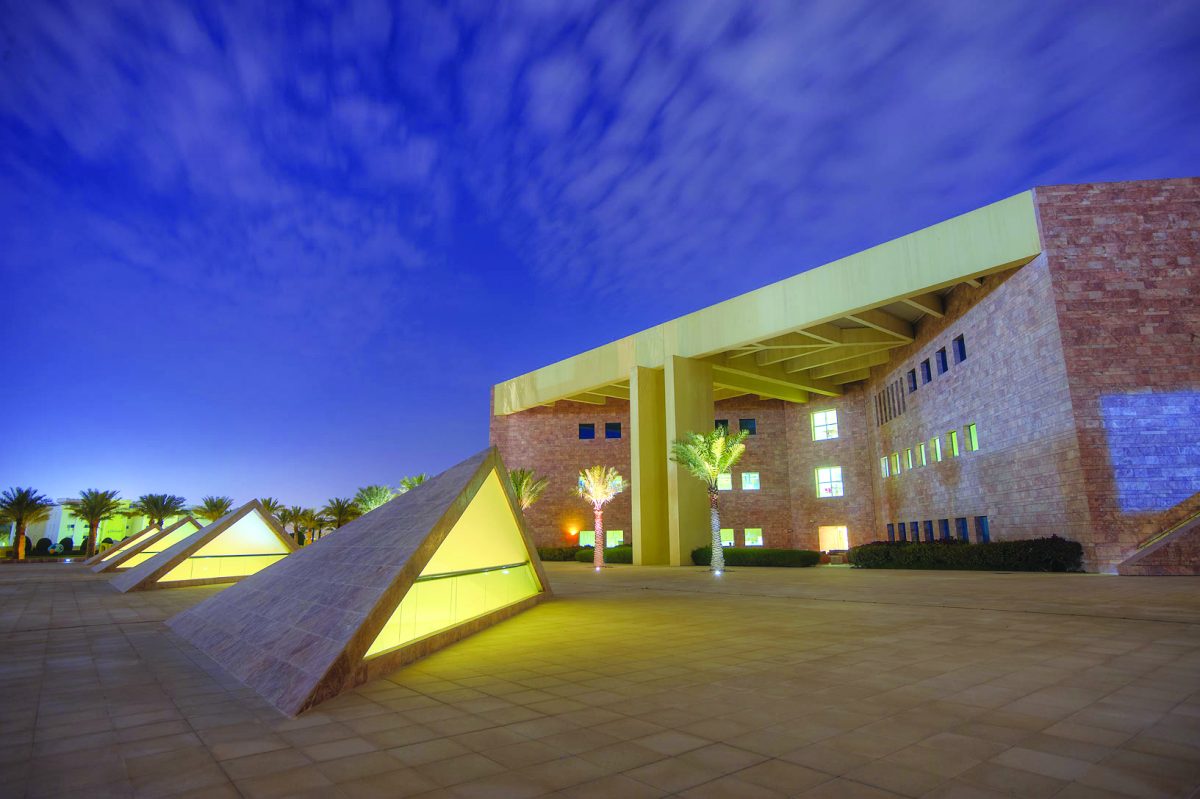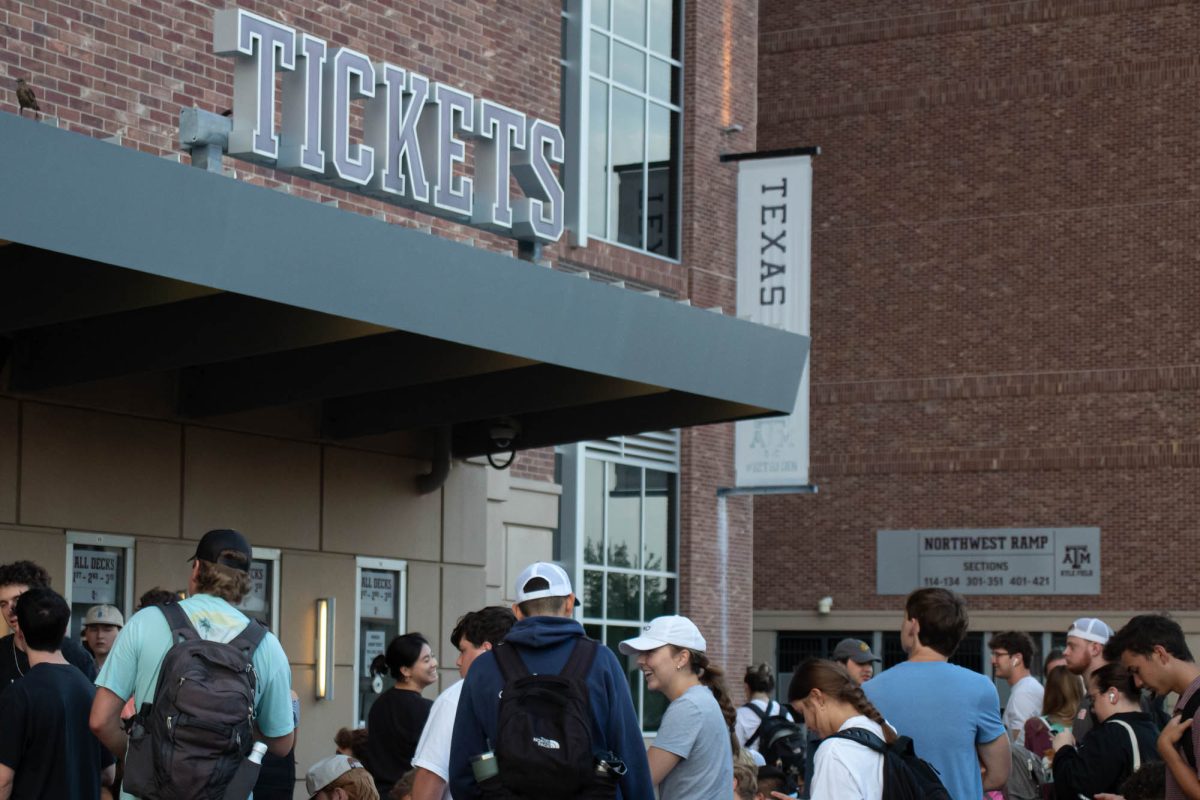Recently named as the interim dean and vice chancellor of the College of Engineering, John E. Hurtado said he is ready to advance and improve the university as it faces exponential growth.
Selected by the Texas A&M University System Board of Regents on May 20, Hurtado, who also served as co-chair for the Commission on Diversity, Equity and Inclusion, assumed the position on June 1. He took over the role previously held by M. Katherine Banks, who began serving as A&M’s 26th president on June 1.
“I know these people,” Hurtado said. “I’ve worked with them for decades. I think that I have a style that is very inclusive, wanting to hear good ideas. I feel very comfortable leading this group forward. I’m looking forward to what we are going to accomplish.”
Hurtado earned his undergraduate degree from San Diego State University, but attended A&M to obtain his master’s and Ph.D. in aerospace engineering.
“My graduate degrees at A&M prepared me more than just for this job,” Hurtado said. “When I left here with my Ph.D., I went to Sandia National Laboratories, and one of the things I learned was that I was very strong in the fundamentals. I learned that from Texas A&M. I had a really strong work ethic; I think I learned that partly through A&M and my research advisors. I knew how to work on a team, and I attribute a lot of that to Texas A&M. Knowing fundamentals, knowing how to work on a team, all of these things help me in this job today.”
While serving at A&M, Hurtado has been most involved in the Department of Aerospace Engineering, but said the entire College of Engineering has strength in values and culture.
“When I look across all the departments, I really see these same qualities that the faculty are instilling, not just to our graduate students but also our undergraduate students,” Hurtado said. “This idea of a strong work ethic and the fundamentals and teaming; I think we do that very well. I can certainly provide that leadership to our department heads and to my leadership team, and that’s what I’m doing.”
While earning his master’s degree, Hurtado studied under aerospace professor John Junkins, who recently served as interim president of A&M before Banks assumed the role.
“[Hurtado] came back to the university as an assistant professor in the same department that I was in, aerospace engineering,” Junkins said. “He moved through the ranks to associate and full professor. He’s known as an incredibly strong teacher. I think he believes with all this heart that the main function of the university is to develop people at all levels. That includes doing a great job at working with graduate students.”
Hurtado joined the Department of Aerospace Engineering in 2001 and said it prepared him very well for his new position through his time working at A&M.
“I was a faculty member working my way up through the usual ranks,” Hurtado said. “In 2014, I joined Dean Bank’s team as an associate dean and did that in various ways from 2014 to now. I really got to see the academic side. I got to see the research side. I got to see the leadership team in action. All of that prepared me really well for where I am right now. I think one challenge I didn’t anticipate is the magnitude of the job. It is a big job, and it’s pretty consuming. I’m just so happy and thrilled to be in this position.”
Hurtado said he would like to carry on with the goals of the engineering department and continue to increase the access and opportunities for undergraduate students.
“I would really like to position the college [to continue] to win awards that will have [an] impact for the state and the nation,” Hurtado said. “These are research awards that can have [an] impact on the state and the nation because we are a large college and we have a lot of talent. I’m convinced that Texas A&M College of Engineering can really play a role in having an impact for national security and sustainability of helping the environment.”
Additionally, Hurtado serves as a professor of aerospace engineering and deputy director and chief technology officer for the Bush Combat Development Complex.
“He’s known as a very personable, very warm person,” Junkins said. “[He] makes tremendous contact on a personal basis and has a problem-solving approach. He’s the kind of person who never raises his voice. He asks good questions. He listens well and tries to make decisions that he ultimately believes in. I think he’s a very good choice as the interim dean and vice-chancellor. It’s a big job; a big step-up for him, but I think he’s up to it.”
Greg Arleth, Class of 2021, said Hurtado prepared him for a career outside of academia.
“He pushed me to be self-sufficient when it came to developing and presenting my work, which really paid off once social distancing forced us to work online,” Alreth said. “His focus on ‘building good stories’ has helped me immensely in articulating my work in a professional environment. All of my peers who have worked or studied with him have all [had] a positive experience.”
The A&M College of Engineering and Texas A&M Engineering Experiment Station was recently selected by the U.S. Department of Defense to lead the University Consortium for Applied Hypersonics. Hurtado said A&M, as the focal point of the consortium, will be partnering with 80 other schools in addition to other labs and industry for the $100 million effort.
“This is an example where our faculty have the expertise,” Hurtado said. “Texas A&M has the size, the scope, the complexity to take on and lead these big initiatives, so that’s something that just reaches so far beyond Texas A&M and the state of Texas. That’s at the national level and that’s just one example.”
The College of Engineering is in a period of tremendous growth in numbers, which has caused stress in some departments, Junkins said. However, Junkins said he is confident Hurtado is capable of leading the college through this transition.
“As they increase the size of the student body, in some cases it makes it more difficult on the students to feel like they belong to this very large enterprise,” Junkins said. “[Hurtado’s] personality is so engaging with such warmth. I think he really understands these challenges. I believe we’ll have a period of growth, and during this period he can lead us in assimilating all the new people and the departments to catch up in terms of the warmth and family-style collegiality that are necessary. He’s being a phenomenally good teacher. He has the system to blend scholarship and research and pull people together in a way that I think will really be felt during his tenure.”









